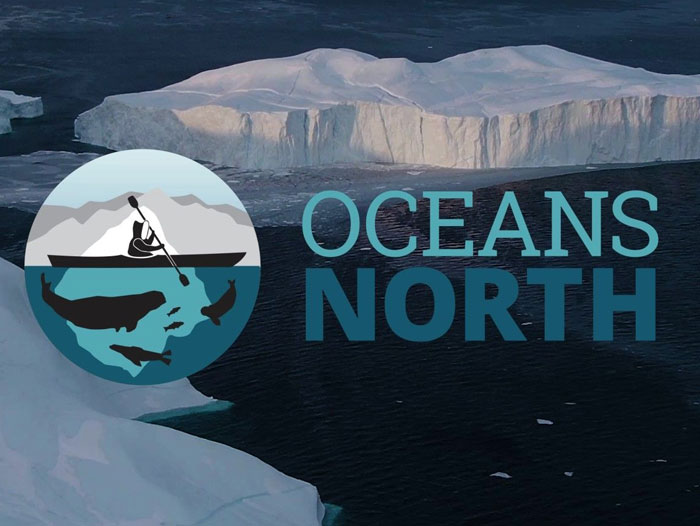Herring Quota Decision Not Enough to Rebuild Fishery
June 27, 2022 | 2 min to read

HALIFAX, NS – Fisheries and Oceans Canada (DFO) announced that the quota for the largest herring fishery in Canada would be cut from 35,000 tonnes to 23,450—a 33 per cent reduction that on its own will not be enough to rebuild this severely depleted fishery and ensure long-term economic and environmental benefits. The quota is set for one year.
The herring stock in the Bay of Fundy and southwestern Nova Scotia (officially known as the 4VWX Southwest Nova Scotia/Bay of Fundy spawning component) has been declining for decades. It has been critically depleted since 2017. A stock assessment conducted this year found it had declined even further.
“The minister has made a compromise that doesn’t do enough,” says Katie Schleit, Senior Fisheries Advisor at Oceans North. “This is only the start of the reduction that is needed. We know that stocks recover the fastest when cuts are made at the first sign of decline—and in this case, the cuts are too small and the decline has been too severe.”
The decision today was supposed to be based on the outcomes of the management strategy evaluation (MSE), a multi-year process that brought together Indigenous groups, industry members, DFO, environmental organizations and external reviewers. The MSE came up with eight quota options that would rebuild the stock over a ten-year period. These options ranged from zero to 14,000 tonnes—all substantially larger cuts than the decision made today.
“By not choosing one of the options created through the advisory process, today’s decision makes the path to rebuilding less certain,” Schleit says. “When done properly, an MSE allows us to judge the impact that future decisions will have on the health of the stock and how to balance different priorities. We urge the Minister to follow the evidence next year and make the choices that have the best chance to rebuild our stocks and support healthy fisheries both domestically and transnationally.”
